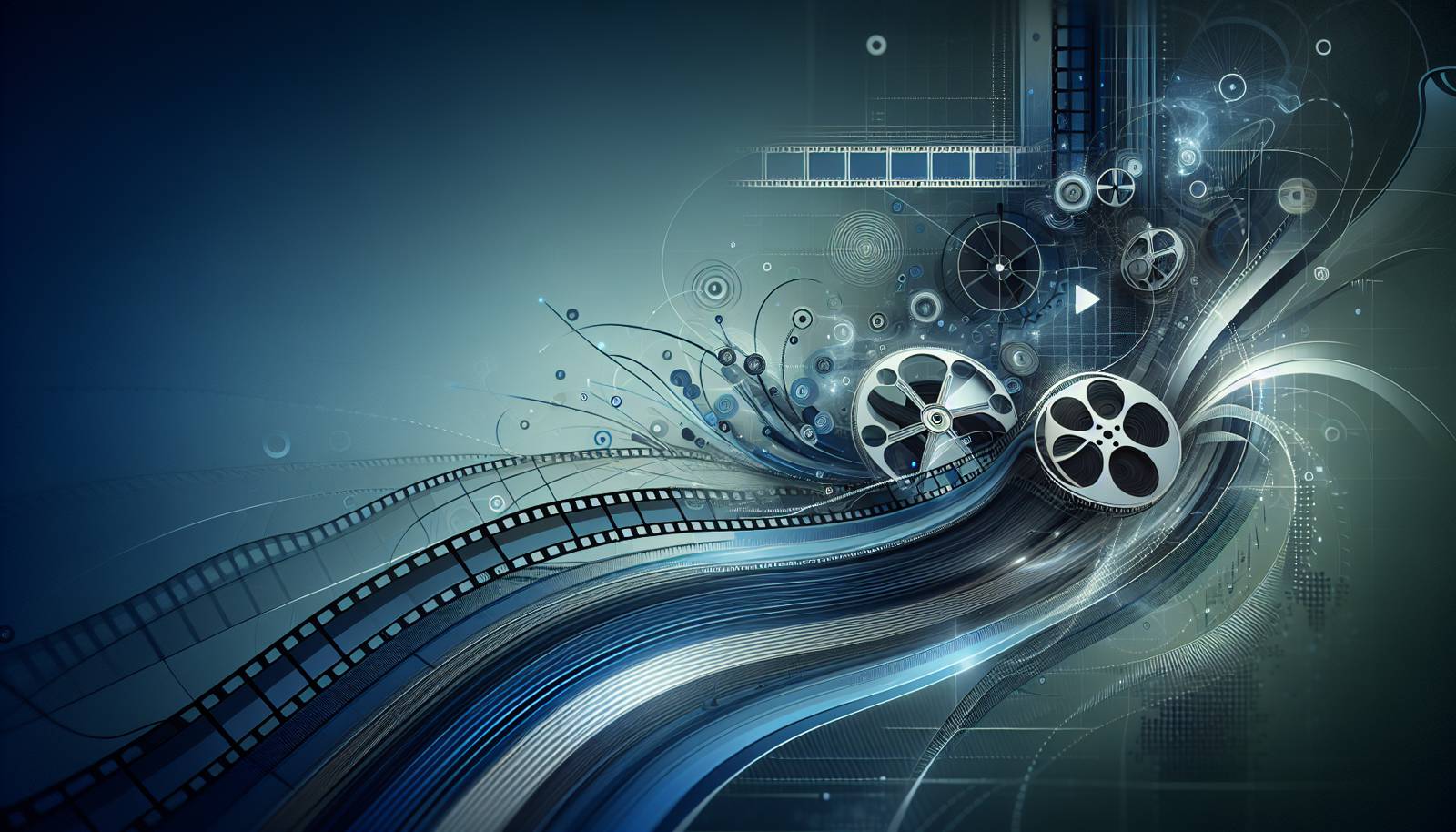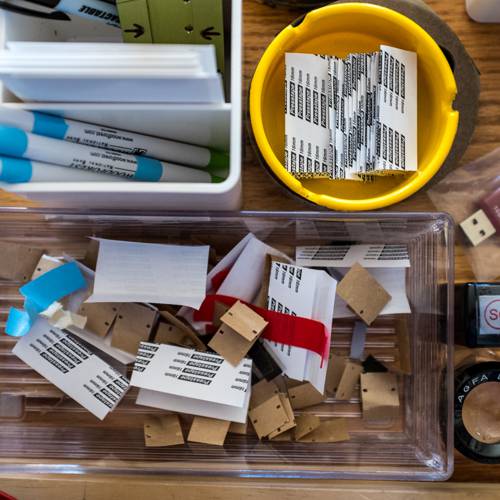
FAQ About The Influence of Film Editing Styles on Storytelling

What role does film editing play in storytelling?
Film editing is crucial in storytelling as it involves selecting, combining, and sequencing shots to create a cohesive narrative. Editors have the power to manipulate time, control the pace of the story, and convey emotions, ultimately shaping how the audience perceives the storyline.

How does continuity editing enhance a film's narrative?
Continuity editing ensures that the narrative flows smoothly by maintaining spatial and temporal consistency between shots. It helps in creating a seamless story experience where the audience can easily follow the plot without being distracted by noticeable editing cuts or errors.

What is the impact of montage editing on storytelling?
Montage editing impacts storytelling by juxtaposing a series of shots to convey complex information, time passage, or emotional intensity. It enables filmmakers to compress time, highlight relationships between themes, or suggest ideas without explicitly stating them.

How can a jump cut influence the audience's perception?
A jump cut can create a jarring shift that catches the audience's attention or conveys a sense of urgency or disorientation. Often used to speed up the narrative, it can break continuity intentionally to suggest a change in time or reveal a character's inner turmoil.

What are some examples of famous films known for their unique editing styles?
Famous examples include 'Citizen Kane,' known for its innovative use of deep focus and montage; 'Pulp Fiction' for its non-linear storytelling; and 'Baby Driver' for its rhythmic editing and synchronization with its soundtrack.

How does cross-cutting contribute to narrative tension?
Cross-cutting, or parallel editing, builds narrative tension by alternating between two or more scenes happening simultaneously. This technique can heighten suspense by delaying the outcome of these intersecting events, keeping the audience on edge.

Can editing style affect a film's genre?
Yes, editing style can significantly affect a film's genre by supporting the tone and pacing that define different genres. For example, quick cuts are often used in action films to enhance excitement, while longer takes might be found in dramas to allow deeper emotional engagement.

What is the 180-degree rule, and why is it important in editing?
The 180-degree rule is a filming guideline that maintains consistent screen direction by keeping the camera on one side of an imaginary 180-degree line. It is crucial in editing to ensure spatial continuity, helping the audience understand the relative positions of characters and objects within a scene.

How do editors decide which scenes to cut or keep?
Editors decide which scenes to cut or keep based on their contribution to the overall narrative, pacing, and character development. They collaborate with directors to ensure each chosen scene serves the story effectively and maintains viewer engagement.

What is the difference between linear and non-linear editing in storytelling?
Linear editing presents the story in chronological sequence, providing a straightforward narrative progression. Non-linear editing rearranges events out of chronological order, which can create mystery, intrigue, or reflect a character's mental state, offering a unique storytelling experience.

How does pacing influence a viewer's emotional response?
Pacing influences a viewer's emotional response by varying the speed and rhythm of the film. Faster pacing can create excitement or anxiety, whereas slower pacing allows for reflection, tension-building, or emotional depth, guiding the audience's feelings toward various story elements.

What is the role of sound in film editing?
Sound plays a critical role in film editing by enhancing the narrative through auditory cues that complement visual elements. Music, dialogue, and sound effects contribute to mood setting, emphasize actions, or even act as transitions between scenes, enriching the storytelling experience.

How does color grading affect storytelling in film editing?
Color grading affects storytelling by altering the visual tone, atmosphere, and mood of the film. Through color adjustments, editors can highlight specific themes, evoke emotions, or distinguish between different time periods or settings, strengthening the narrative impact.

What editing techniques are commonly used in action scenes?
In action scenes, fast cuts, slow-motion, and cross-cutting are commonly used to emphasize movement, create tension, and heighten excitement. These techniques help convey the chaos and intensity typical of action sequences, engaging the audience viscerally.

Why is rhythmic editing important in musicals?
Rhythmic editing is essential in musicals because it synchronizes the visual action with the music's beat, enhancing the emotional and rhythmic flow. This alignment between the audio and visual elements creates a seamless and more impactful musical experience for viewers.

Can film editing change the intended message of a movie?
Yes, film editing can change the intended message of a movie by altering the order, duration, or emphasis of scenes. The creative decisions made during editing can shift the tone, highlight different story elements, or even change the narrative focus, affecting how the message is perceived by the audience.

What is a cutaway, and how does it function in film editing?
A cutaway is a brief shot within a sequence that interrupts the main action to provide additional context or information. It can function to reveal a character's reaction, highlight a crucial object, or cover a continuity lapse, enriching the narrative without disrupting the flow completely.

How did the editing in 'Pulp Fiction' redefine narrative structure in cinema?
The editing in 'Pulp Fiction' redefined narrative structure by employing a non-linear timeline, which created a mosaic of interrelated stories. This approach challenged traditional storytelling and influenced many films to explore non-linear narratives, enhancing the dynamic way stories can be told.

What is the significance of match cuts in film editing?
Match cuts are significant in film editing as they create a visual or thematic connection between scenes. By matching similar shapes, movements, or themes, they smooth transitions between disparate scenes, maintaining narrative continuity and aiding visual storytelling.

How do editors balance artistic expression with audience expectations?
Editors balance artistic expression with audience expectations by considering the film's thematic goals, genre conventions, and target audience preferences. They strive to maintain the director's vision while ensuring the film is engaging and comprehensible, creating a satisfying cinematic experience.
